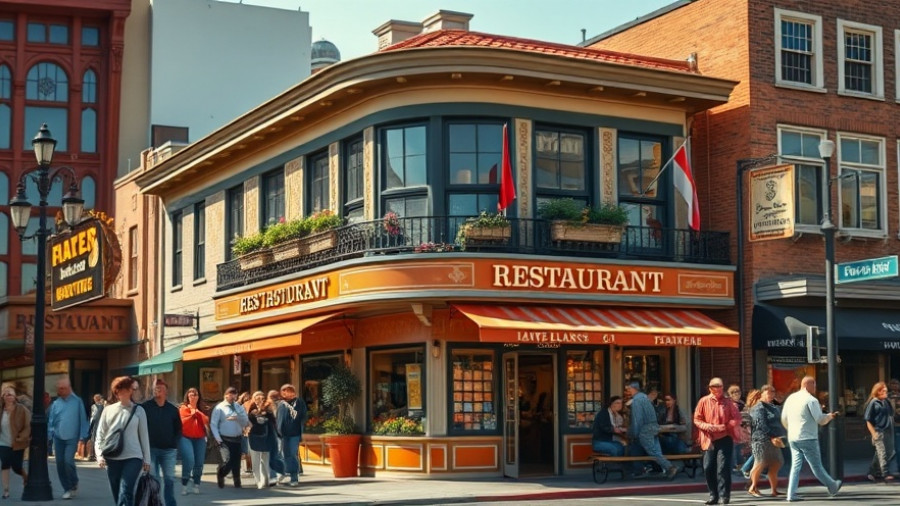
A Future Without Cars: Imagining a Vibrant Urban Environment
As we stand on the brink of a transportation revolution, one question echoes: what if cities embraced a future free of cars? The authors of Life After Cars, Doug Gordon, Sarah Goodyear, and Aaron Naparstek, challenge us to contemplate the life-changing possibilities that come from reducing our dependence on automobiles. If implemented successfully, a car-free city could transform our environment into a green and harmonious space, catering to the needs of pedestrians, cyclists, and children alike.
Impact of Automobility on Urban Life
Cars dominate urban spaces, taking up essential real estate and stifling community interactions. In the quest for denser, more vibrant cities, urban planners increasingly highlight the detrimental effects of car-centric designs. For instance, a staggering study indicated that personal vehicles sit parked 95% of the time, consuming valuable space that could otherwise foster community initiatives, parks, and pedestrian pathways.
Take Times Square, where the banning of cars led to a pronounced decline in pedestrian accidents and an unexpected revival in foot traffic. This shift is echoed in other global cities that prioritize walking and cycling infrastructures, demonstrating that reducing car dependency not only creates safer spaces but also cultivates an enriched communal life.
Examples of Successful Car-Free Initiatives
Across the globe, cities are beginning to adopt more car-free strategies with success. For instance, Paris plans to become almost entirely car-free by 2024, aiming to enhance air quality and pedestrian safety. Similar initiatives in European cities like Brussels and Amsterdam showcase how urban areas can flourish when designed for people, not vehicles.
Moreover, towns like Las Catalinas exemplify this philosophy, emerging as vibrant communities that prioritize walking and cycling over cars. Their commitment to sustainability offers a blueprint for others striving for a greener and more communal future.
Health and Environmental Benefits of Car-Free Living
Switching from a car-oriented lifestyle to one that prioritizes public transport, cycling, and walking offers substantial health benefits. Cities such as Copenhagen, where over 49% of trips are made by bike, highlight the correlation between urban design and public health. Regular cycling contributes significantly to reduced pollution levels and improved cardiovascular health among citizens.
Furthermore, less reliance on cars means reduced emissions, presenting an opportunity to improve air quality dramatically. Active outdoor spaces with greenery reduce urban heat and foster biodiversity—an essential consideration in today’s climate-conscious society.
Community and Economic Revitalization
One of the most significant shifts associated with car-free initiatives is the revitalization of local economies and community ties. With more accessible pedestrian areas, local businesses often flourish as shoppers feel invited to stroll and browse at their leisure. For example, both Times Square's pedestrian plaza and Montreal's seasonal car-free street projects saw increased foot traffic and business activity, proving that removing cars can revitalize spaces.
Even the real estate market is responding. Developments like Culdesac in Tempe, Arizona, are creating car-free living environments designed to attract younger generations seeking holistic, walkable communities. This trend illustrates a clear economic benefit, as regions morph from vehicular-centric layouts to pedestrian-friendly interludes, enriching the lives of those who call them home.
Taking Action for Car-Free Futures
As advocates for change, it’s vital for us to push for policies and community plans that support car-free initiatives. This might mean championing mixed-use developments, promoting walkability, or lobbying for infrastructure that prioritizes bicycles and public transit. Every small win moves us closer to a future where urban life thrives without the pervasive influence of cars.
Join community efforts to plant these seeds of change. Share your stories, participate in local initiatives, and push the conversation towards a world where our cities put people first and embrace the joy of walking, cycling, and living together without the barrier of automobiles. We may just discover that life after cars can indeed be vibrant, connected, and full of possibilities.
 Add Row
Add Row  Add
Add 



Write A Comment